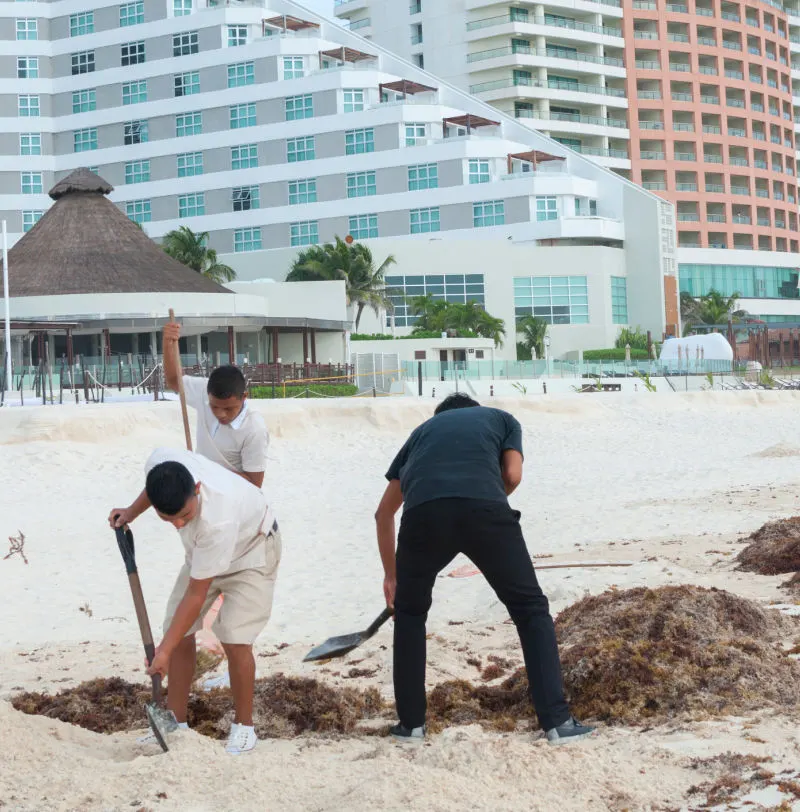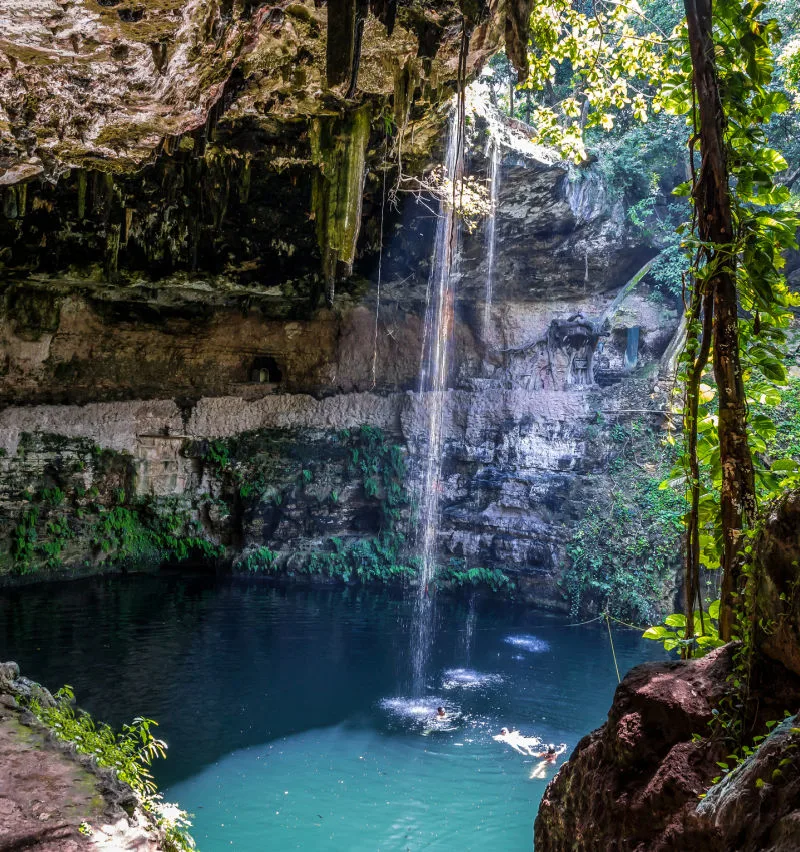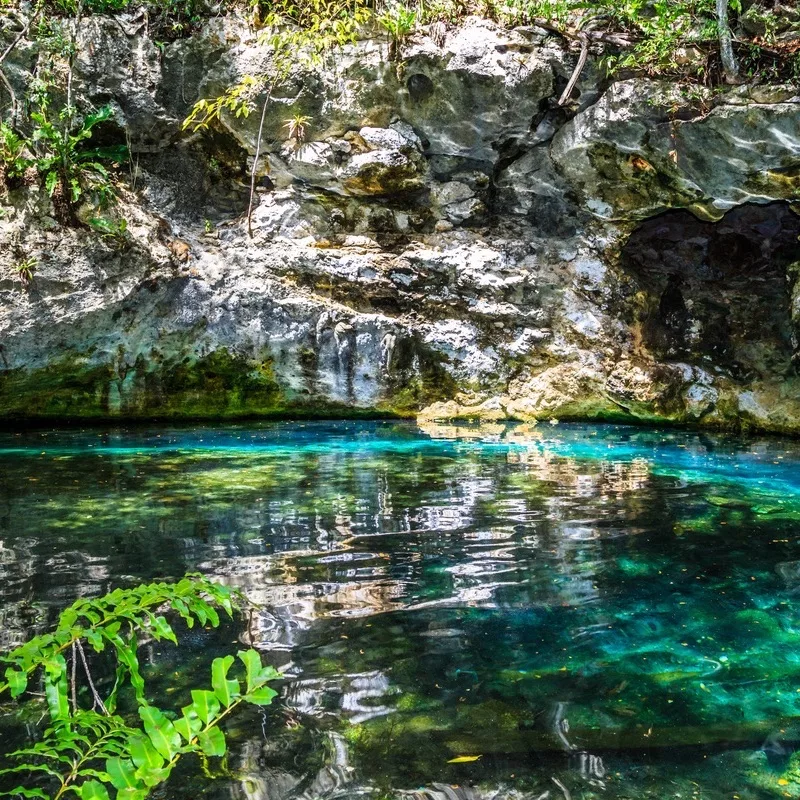Last Updated
The beaches in Cancun have been filling up with a type of seaweed called sargassum and it’s leading tourists to the area’s cenotes as an alternative for cooling off. A cenote is a naturally occurring sinkhole that develops in limestone rock. These sinkholes fill with water from underground rivers and rain and the limestone filters the water. Typically the temperature of the water is an average of 75 degrees year-round, making cenotes great for swimming on hot days.

Sargassum is a seaweed known for its bad smell resulting from decomposition and its presence of small sea fleas that bite humans. It has been a big problem in Cancun throughout the busy spring break season and still remains an issue going into the Easter holiday weeks.

The sargassum has gotten so bad this year that officials have asked locals for help with cleaning it up and the Navy has been using ships offshore to collect what they can before it reaches the beaches. While the winds moving in are now helping clear the coast of sargassum to some degree, the beaches still won’t be completely free of it during the upcoming holiday weeks.

Anyone visiting Cancun has the option of spending some time exploring the beautiful cenotes in the area, and there are many to explore. Some of the closest cenotes to the city of Cancun are part of the Ruta de Los Cenotes, which includes 10 individual unique cenotes. The beginning of this route is only about 30 minutes from Cancun. Some of the cenotes you will find along this route include:
- Cenote Selvatica – Cenote Selvatica is located within an adventure park where visitors can enjoy other activities as well as swimming.
- Cenote Siete Bocas – Cenote Siete Bocas is a cavern cenote that draws light from seven different access points, making it one of the most beautiful along this route.
- Cenote La Noria – Cenote La Noria is within a cave and is known for its crystal-clear water, allowing visitors to see fish swimming around them.
- Cenote Las Mojarras – Cenote Las Mojarras is the largest of the cenotes along Ruta De Los Cenotes and is surrounded by jungle where other activities are available as well.
- Cenote Kin Ha – Cenote Kin Ha is located in the dense jungle between Cancun and Playa del Carmen and features a jump platform and a zipline.

There are many more cenotes to explore in and around Cancun and many visitors will be doing just that in the coming weeks. Even after the sargassum begins to clear from the beaches visitors can do themselves a favor by not missing out on seeing these spectacular natural wonders.

Despite the fact that there is a lot of sargassum on the beaches, Cancun continues to stay very busy. Throughout spring break the city, and the Riviera Maya area in general, has seen record numbers of tourists and the busy season is not yet over.

Cancun International Airport was recently named one of the top 10 busiest in the world and evidence of just how busy it is can be seen everywhere. Hotel occupancy has been more than 90 percent and the beaches are filled with people even with the excessive amount of sargassum.

Those looking to the cenotes for a little peace and quiet, away from the busy tourist areas, will find that the various cenotes in the area are going to be busy too. The cenotes that are further from the city may have fewer visitors, as will those that are not part of a bigger adventure park. Visiting one of these will be the highlight of any Cancun vacation.
Plan Your Next Cancun Vacation:
Traveler Alert: Don’t Forget Travel Insurance For Your Next Trip!
Choose From Thousands of Cancun and Riviera Maya Hotels, Resorts and Hostels with Free Cancellation On Most Properties
↓ Join the community ↓
The Cancun Sun Community FB group has all the latest travel news, conversations and tourism Q&A’s for the Mexican Caribbean

Subscribe to our Latest Posts
Enter your email address to subscribe to The Cancun Sun’s latest breaking news affecting travelers, straight to your inbox.
